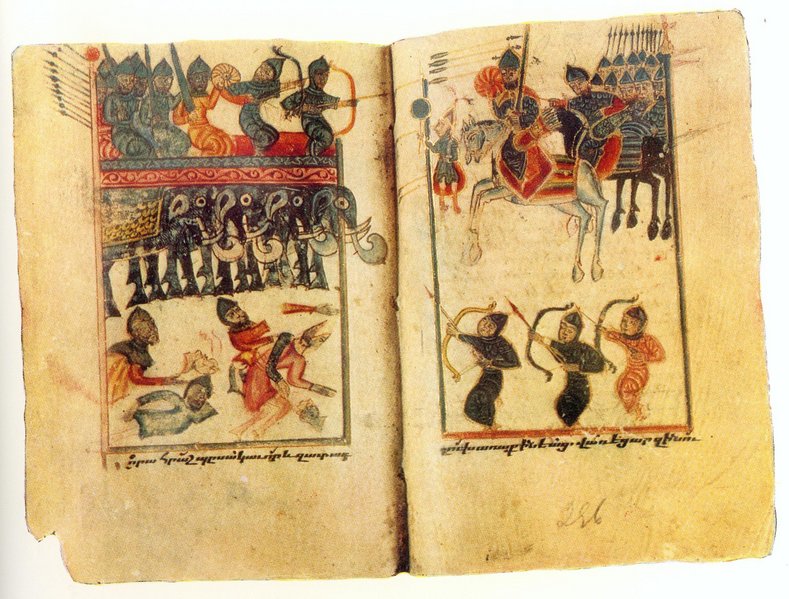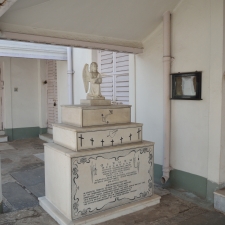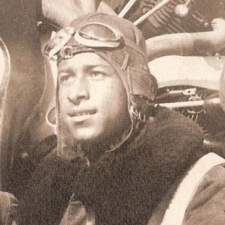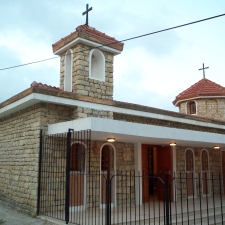Fact No. 84.
The Battle of Avarayr took place on May 26, 451 AD.
By the year 428 AD, the Kingdom of Greater Armenia no longer had an independent ruler, and was instead subject to the neighbouring Sassanid or Sasanian dynasty of Persia (Parthia). The Armenian noble houses continued to control their own lands and to play important roles, however, among them the Mamikonian (Mamigonian) family, which had long since held the title of “sparapet” (“sbarabed” ), or commander of the armed forces.
Vartan Mamikonian is perhaps the most celebrated member of that dynasty. A part of his heritage hailed from the bloodline of St. Gregory the Illuminator himself, the founder of Armenian Christianity. Vartan was educated and was even meant for the clergy before he took on the family mantle of leading troops – a function that was to come very much in handy during the reign of Yazdegerd II. From the Sasanian capital of Ctesiphon came the order in 449 to abandon Christianity and to take on Zoroastrianism, the pagan Persian religion. The move was a political one, as religious affiliation could have had major implications in the relations between the Sassanid and the Byzantine empires at the time, since Christianity was already established in the Byzantine world.
Although some of the Armenian nobility sided with the Persian overlords, the rebellion led by Vartan Mamikonian and his allies – the Vartanank, as they are called in Armenian – led the resistance and took up arms. The culminating battle took place by tradition on May 26, 451 AD on the Avarayr plain (today around where Iran and Turkey border the Azerbaijani exclave of Nakhichevan). Heavily outnumbered, with around 60,000 troops facing an onslaught of about 200,000, the Vartanank succumbed finally to the Persian fighting corps on elephants. The efforts of the rebels were immortalised by Armenian chroniclers, who attribute to Vartan the inspiring words, “An unexpected death means merely dying, but a death willingly borne renders one immortal”.
The 1,036 Vartanank are considered martyrs by the Armenian Church. They are celebrated as saints each year on the Thursday before Lent. Though losing this particular battle in the fight in the name of Christianity, the story of Vartan Mamikonian and those who struggled alongside him is often cited in Armenian circles as ultimately a moral victory. But even in practical terms, a huge dent was made on the Sassanid side, so much so that Yazdegerd II backed out of his plan to impose paganism on the Armenians.
The same policy was pursued a few decades later once more, and a rebellion led this time by Vartan’s nephew, Vahan Mamikonian, resulted in a real victory, as the freedom for the Armenians to worship and to settle their internal affairs was respected. That agreement, which is known as the Treaty of Nvarsak is considered to be “the first treaty in history to compel a tyrant to yield to the principle of religious freedom”.
References and Other Resources
1. The Eastern Diocese of the Armenian Church of America. “St. Vartan and the Battle of Avarayr”
2. R. Hewsen. “Avarayr”, Encyclopædia Iranica, Vol. III, Fasc. 1, 1987
3. Hacikyan, Basmajian, Franchuk, Ouzounian. The Heritage of Armenian Literature, Vol. 1: From the Oral Tradition to the Golden Age. Wayne State University Press, 1999
4. Wikipedia: “Battle of Avarayr”
Follow us on
Image Caption
A 15th-century depiction of the Battle of Avarayr; Armenian manuscripts tend to highlight the elephants in the Sassanid army when illuminating passages on the Vartanank.
Attribution and Source
[Public domain], via Wikimedia Commons
Recent Facts
Fact No. 100
…and the Armenian people continue to remember and to...
Fact No. 99
…as minorities in Turkey are often limited in their expression…
Fact No. 98
Armenians continue to live in Turkey…
Fact No. 97
The world’s longest aerial tramway opened in Armenia in 2010





